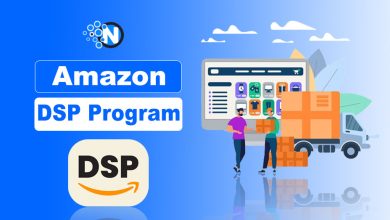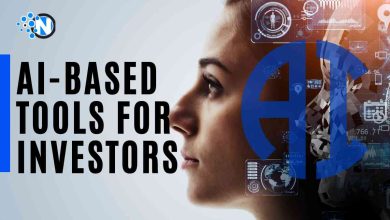Getting to Know About the Main Drivers and Stages of Digital Transformation

Digital transformation is all about transforming the existing traditional business models and processes into digitalized ones with the help of digital transformation technologies so that a company can survive effectively in the changing business environments and meet the expectations of the customers. Through this article one can learn about different drivers and stages of digital transformation.
How to drive digital transformation?
To successfully transform the traditional infrastructure into the modern one, the organizations need to keep the momentum of any initiative moving in the direction of their ultimate business goals. To achieve the same, organizations should continuously address the below-given main drivers of digital transformation technologies.
- Digital Twin: Digital twin is defined as a digital representation of an entity or system of the real world. It can be implemented as an encapsulated software model or object that further mirrors a unique process, model, object, company, person, and other abstraction. The digital twin is used by companies to transform their infrastructure digitally because of the reason that it facilitates experimentation and collection of data supporting more informed business decisions.
- Privacy: Failure in the management of privacy results in the failure of digital transformation. With more digital solutions becoming available, companies jump on the one which offers more convenience. But it has been seen that customers and employees do not prefer convenience over their safety. It is the responsibility of top management to implement the measures that lead to privacy in the organization.
- Culture: Resistance to change is normal human nature. It is widely seen that when a cultural aspect of the digital transformation is ignored by the organizations, they start hitting the wall of resistance much more quickly. Addressing the cultural needs ensures companies get the internal buy-in for their transformation initiative. When enterprises are equipped with change leaders (vocal supporters supporting their digital transformation), they can use the voices of their respective leaders to drive the specific initiative forward.
- Augmented Intelligence: The main function of augmented intelligence is to allow humans and machines to work in tandem. Humans tend to make mistakes. On the other hand, using augmented intelligence for data collection and analysis prevents the occurrence of such mistakes. Don’t think that augmented intelligence is all about replacing the employees with machines in an organization. The function of AI is just to collect and present accurate data so that employees can analyze and thus, make decisions based on the same.
- Digital Product Management: Digital Product Management works by shifting the mindsets of organizations from projects to products. These products should be equipped with all the features that can provide an efficient customer experience and should be delivered through different digitalized channels. The main purpose of Digital Product Management is to know the type of industry a company is working in and thus, design the products that can serve it. Kindly visit Web Series.

What are the different stages of digital transformation?
After years of research, it has been evaluated by Altimer that there are six different stages of digital transformation which are explained below.
- Business as usual, status quo: It implies the current state of one’s company.
- Present and active: It refers to the time when a business focuses on undertaking experimentation throughout the company to encourage creativity and digital literacy skills.
- Formalized: It is the time when experimentation conducted in the enterprise becomes more intentional, initiatives become clearer, and an enterprise starts looking for leadership buy-in.
- Strategic: It is that point of time when all groups in an organization start collaborating and sharing their research in such order that the formation of strategic plans for the digital transformation becomes easy.
- Converged: Now the enterprise forms a digital transformation team that is dedicated to guiding the strategy, establishing goals, and putting the entire system in one place to support the transformation.
- Innovative and adaptive: In this last stage, the digital transformation becomes an integral part of the business and with the help of leadership such a system is established that monitors technology and market trends so that an organization can continually evolve.
Final thoughts
When transforming the existing infrastructure of a company into a digital one, many employees will resist the transformation. It is up to the organization to focus on all the drivers and stages of digital transformation without compromising the goals of its workforce.




